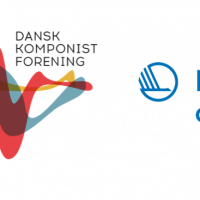Peer
Seismograf Peer is a peer-reviewed online platform devoted to practical and theoretical issues in relation to contemporary music, sound art and sound studies.
Sound and the More-Than-Human Worlds
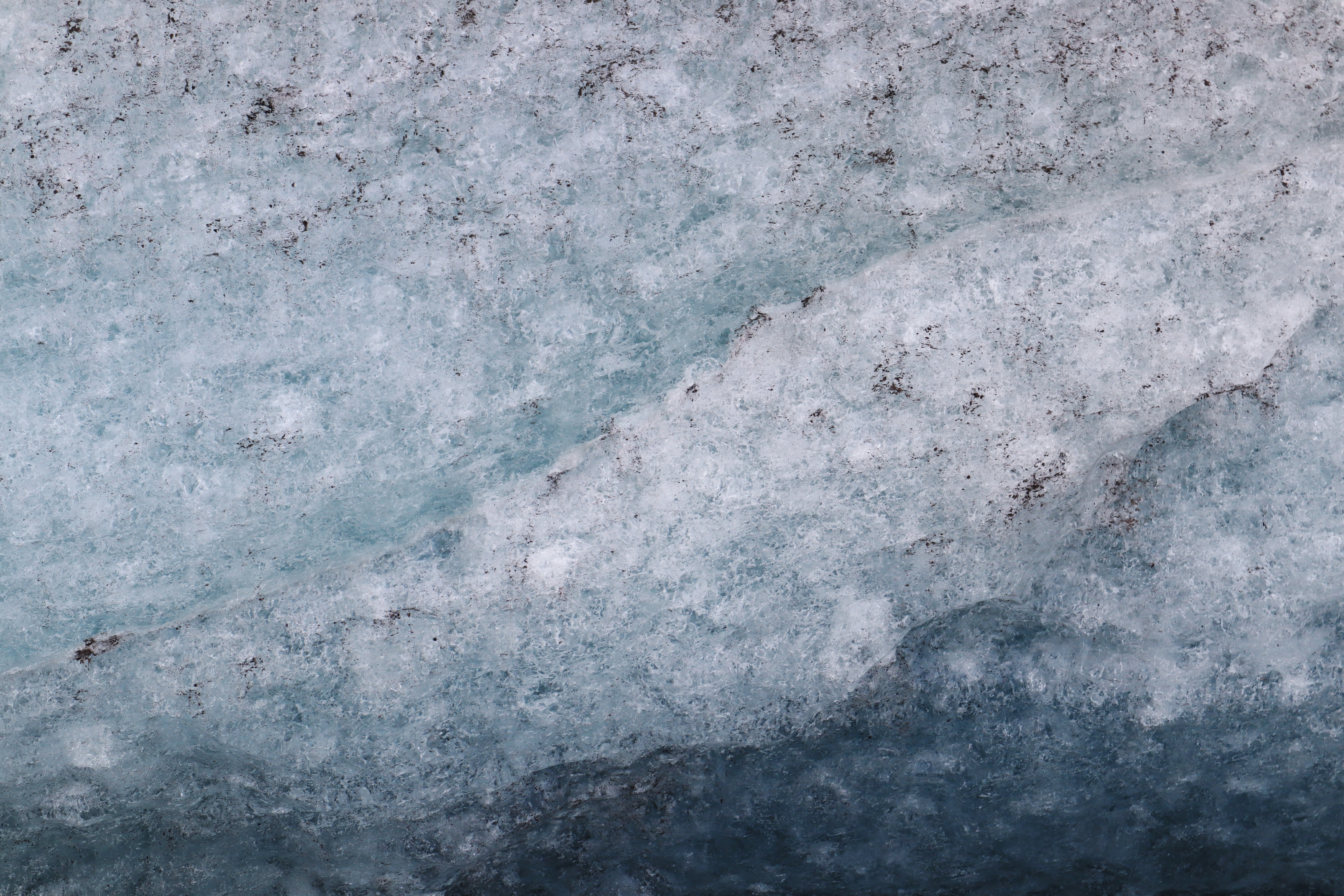
GENERIC SOUNDS

WHAT SOUNDS DO
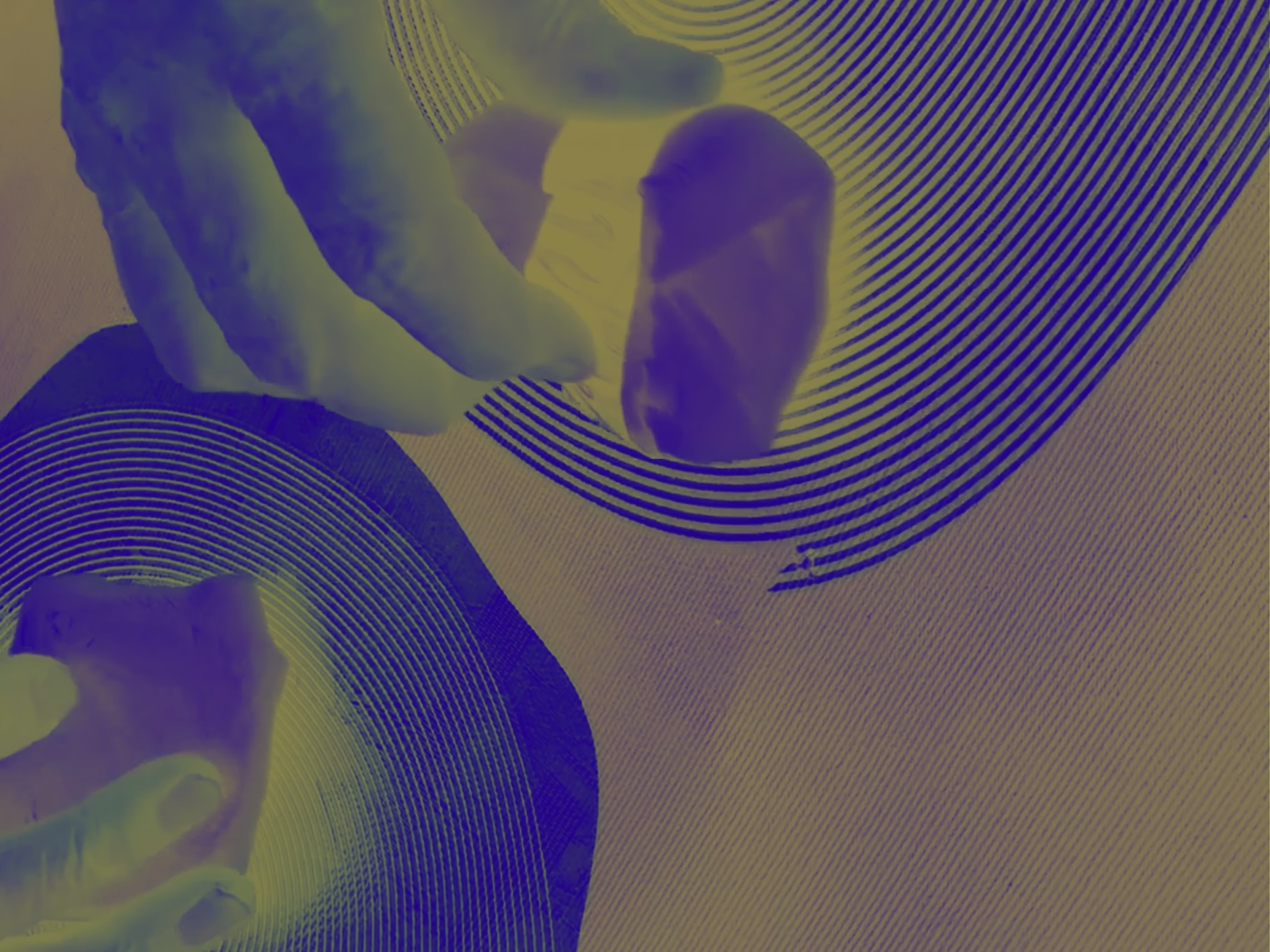
GRIEF
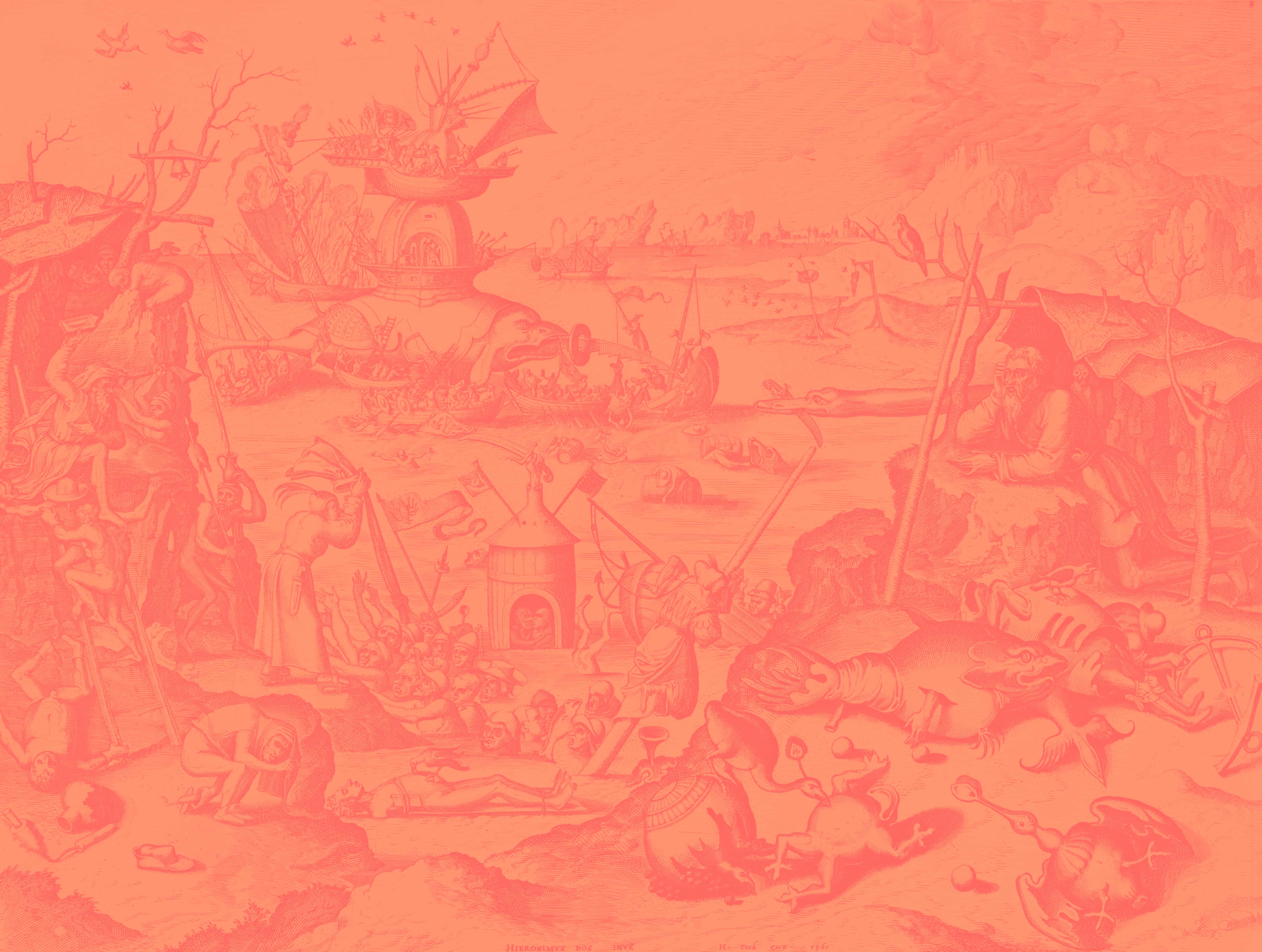
Sounding Women's Work II
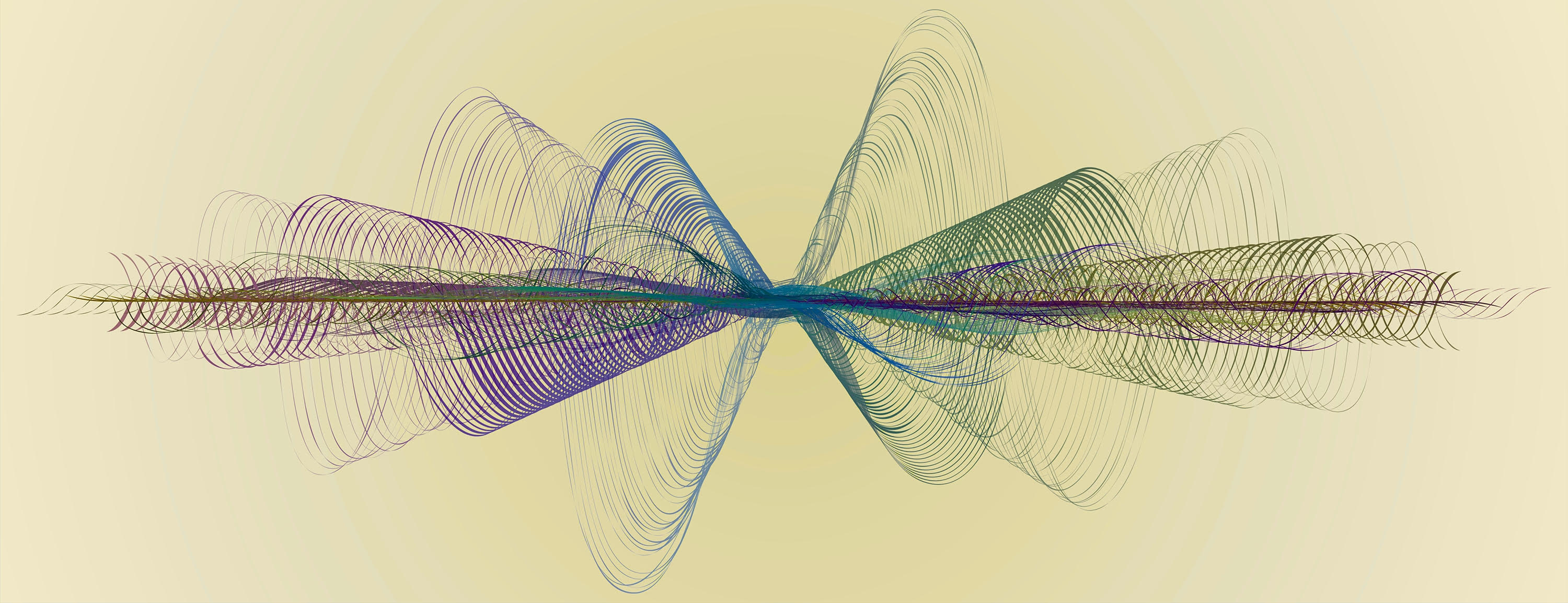
Sounds of Science
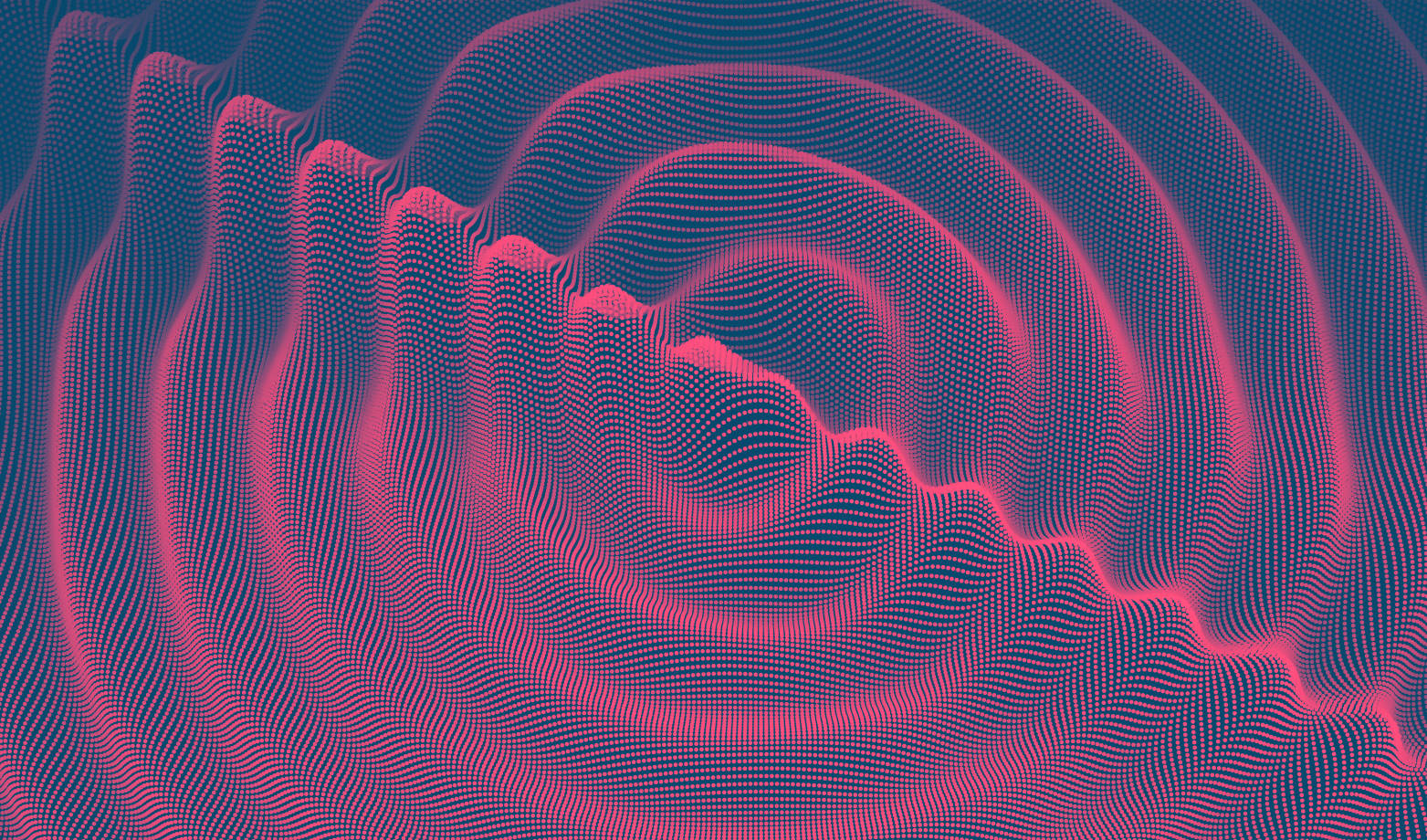
Silent Agencies

Sonic Argumentation II
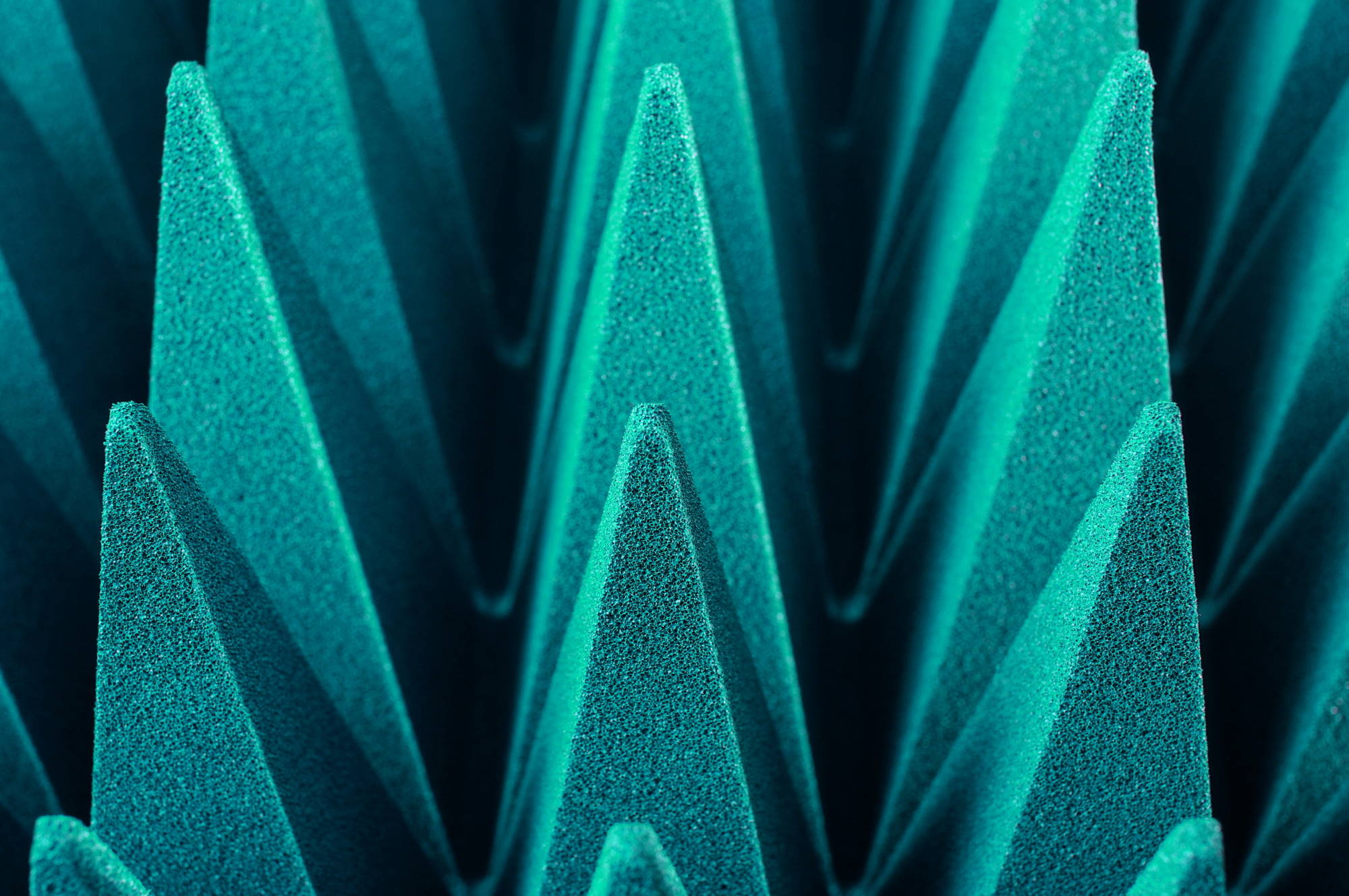
Sonic Argumentation I
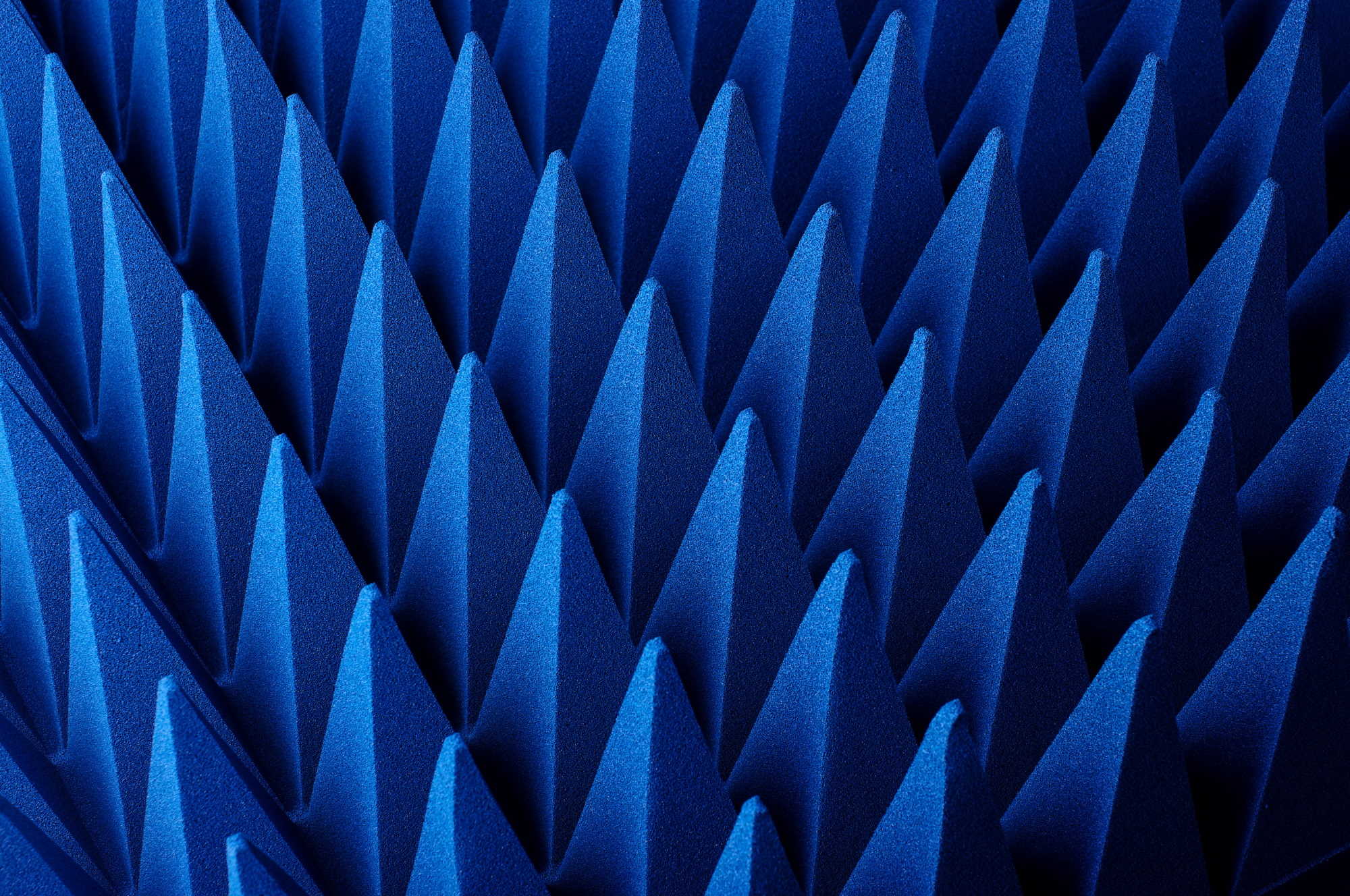
Out of Space
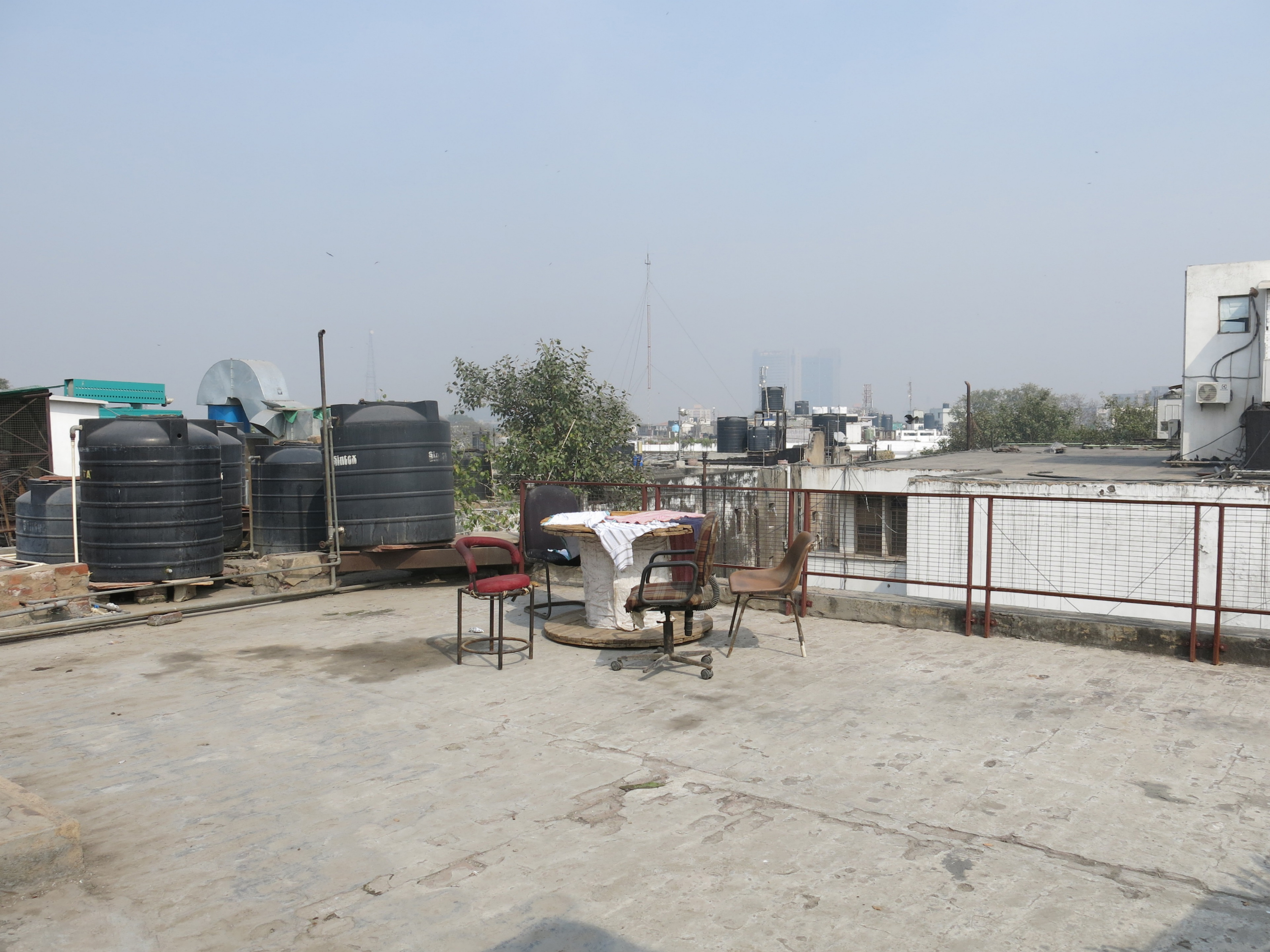
Sound Art Matters

Fluid Sounds
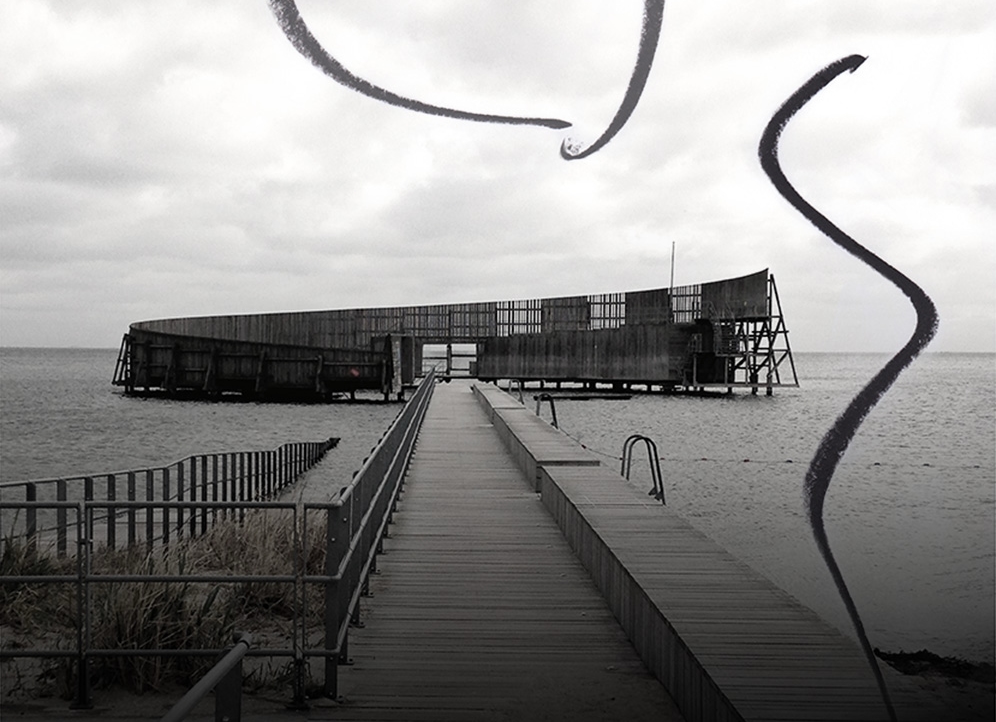
About
Seismograf Peer is a peer-reviewed online platform devoted to practical and theoretical issues in relation to contemporary music, sound art and sound studies. Our formats of publications are audio papers and research article.
Seismograf Peer covers a broad range of topics including sonic materialities, modes of listening, philosophy of sound and music, aesthetics, technology and audio visuality as well as performative, curatorial and archival matters related to the sonic arts.
Seismograf Peer encourages a wide spread of methodologies and theoretical discourses, ranging from the more established academic approaches such as sound studies, musicology, cultural studies and performance studies to artistic research, practice-based research, artist writing and media archaeology.
Seismograf Peer is hosted by Seismograf, a Danish magazine with a long and proud tradition of publishing essays, interviews and reviews by music journalists and critics as well as academics and composers, acting as an inspiring and important platform within the field. Seismograf Peer is a natural development of this tradition, acknowledging the demands of publication within universities, music academies and art schools.
Our platform appears in the Danish, the Norwegian, and the Finnish registers for scientific journals.
Seismograf is supported by the Danish Arts Council, Danish Composers’ Society, Nordic Culture Point and the Independent Research Fund Denmark.
The work published in Seismograf Peer is licensed under a Creative Commons Attribution-NonCommercial-NoDerivatives 4.0 International License.
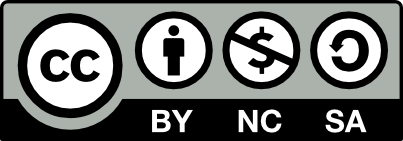
Submission
General information
Articles and audio papers published within the framework of Seismograf Peer will undergo rigorous peer review, based on initial screening by editors and anonymised refereeing by at least two anonymous referees. Submitted contributions have to be original and must not have been published or submitted elsewhere. We only publish contributions as part of thematic issues. Suggestions to themes, guest-editors and journal collaborations are very welcome.
Submission guidelines for audio papers
Length
12-15 minutes
Abstract
150-200 words are required for all audio papers submitted.
Bibliography
A written bibliography has to be attached following Harvard standard (in-text).
Biography
Up to 100 words for all authors are required. Portraits are welcome, but optional (please include photo credit).
Format of the audio paper
The audio paper is a 12-15 minute-long audio production presenting a research question or focus. The audio paper combines speech and narratives with “sonic argumentation” which can be composed through sound recordings, sound productions or any other sound practices, voice practices, the audible use of one’s body, everyday tools, gadgets, musical instruments, computer software or all kinds of objects and agents. All audio papers are being peer reviewed by reviewers within the given field. The reviewers are asked to assess after these guidelines: A clear and contextualized research question / focus of exploration; a clear and vivid argumentation and exploration of the research question / focus; meaningful and original use of sound as medium and content to support, present and anesthetize the argumentation; coherence between dramaturgical composition (tempo, density, narrative structure) and content; appropriate references in the accompanying text (abstract and bibliography) and/or in the audio production. Please visit seismograf.org/fokus/fluid-sounds for further thoughts on and examples of audio papers.
Submission guidelines for articles
Length
6000-8000 words
Abstracts
150-200 words are required for all audio papers submitted.
Bibliography
A written bibliography has to be attached following Harvard standard (in-text)
Biography
Up to 100 words for all authors are required. Portraits are welcome, but optional (please include photo credit).
Language
Only contributions in English are accepted.
Multimedia
Embedded videos, photos, sound files and links to online platforms are welcome. Copyrights need to be cleared by the authors.
Format of article
We are inviting written articles of a performative character. But, as with the audio paper, this does not mean that anything goes. Seismograf is an independent journal concerning aesthetics and art forms within the fields of sound, sound art and contemporary music. The readers of this journal are therefore not academics only, but cover a variety of people – dedicated listeners, artists, critics, curators etc. We are open towards written submissions that stretch the format beyond traditional academic publishing – but that are still being peer reviewed. The review guidelines concern: Strength, originality and clarity of the overall argument in the article; originality of and insight into the empirical material; strength and originality in presentation, argumentation and discussion; relevance of the literature references referred to.
Submission
Please submit your proposal to
peer@seismograf.org
Editors
Sanne Krogh Groth
Associate professor in Musicology, Lund University, Sweden
(manager of editorial group)
Marie Koldkjær Højlund
Associate professor of Sound Studies, Aarhus University, Denmark
Meri Kytö
University Teacher in Musicology and reader in Sound Studies, University of Turku, Finland
Andreo Mielczarek
Editor-in-Chief of Seismograf
Morten Riis
Teaching Associate Professor in Digital Design and Information Studies, Aarhus University, Denmark
Ulrik Schmidt
Associate professor in Performance Design, Roskilde University, Denmark
Holger Schulze
Professor in Musicology, University of Copenhagen, Denmark
Stefan Östersjö
Professor of Musical Performance, Luleå University of Technology, Sweden
Please contact sanne@seismograf.org for further information.
